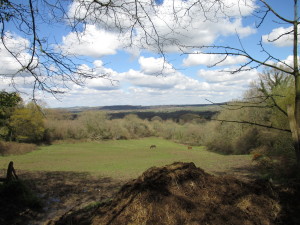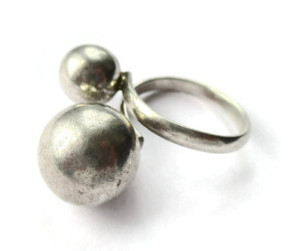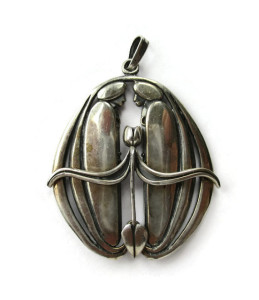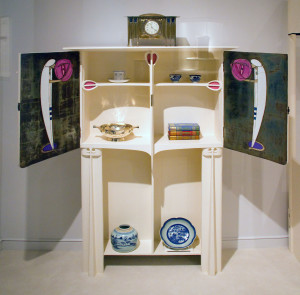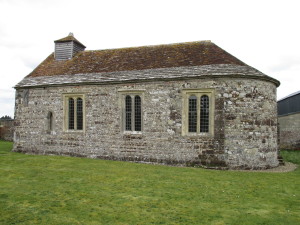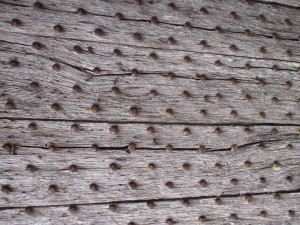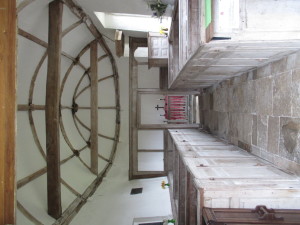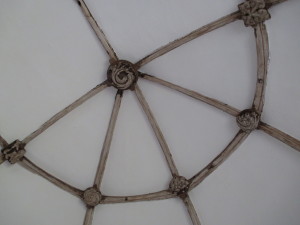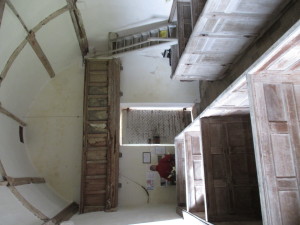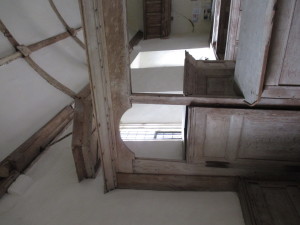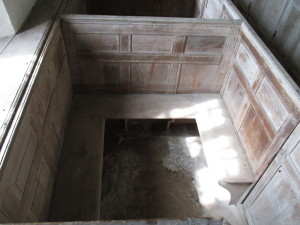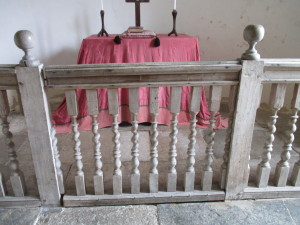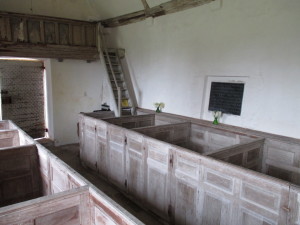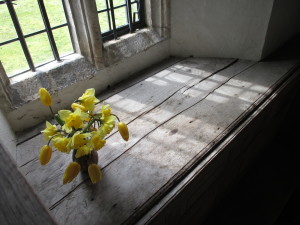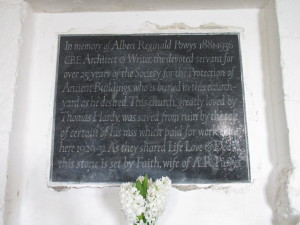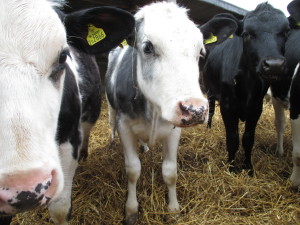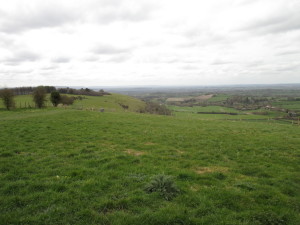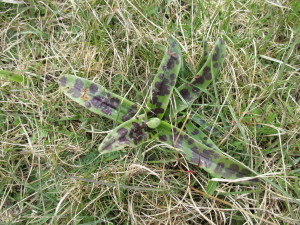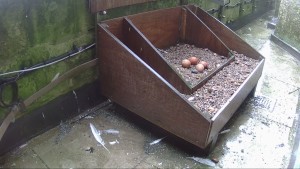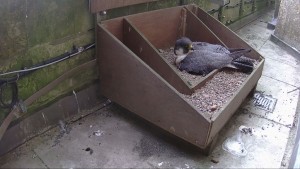We went for a walk last Sunday (April 17) in some woods in south Wiltshire. A lone sycamore (Acer pseudoplatanus) and a lone rowan (mountain ash, Sorbus sp.) were already in leaf; the rest of the trees were still leafless, but budding up nicely. There are a lot of holly and birch trees in these woods; we don’t have birch around where we live as they don’t do well on chalk.
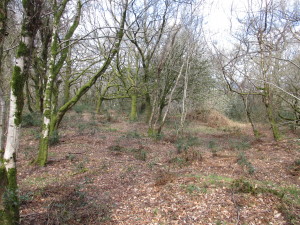
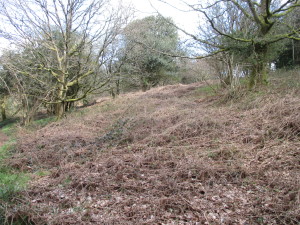
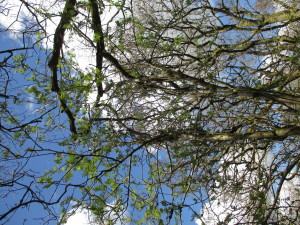
Rowan in leaf (Sorbus sp.)
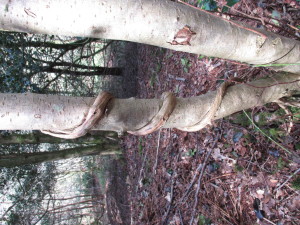
Honeysuckle (Lonicera periclymenum), also known as Woodbine, showing why it has the latter name …
The first bluebells are out, plus wood anenomes, celandine, stitchwort and pink campion, and we came across a few clumps of daffodils too.
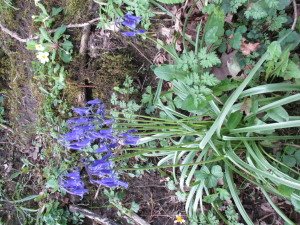
Bluebells (Hyacinthoides non-scripta).
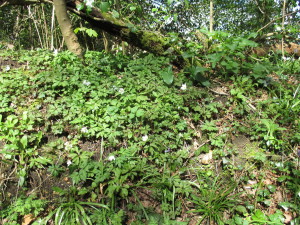
A bank of wood anemones (Anemone nemorosa).
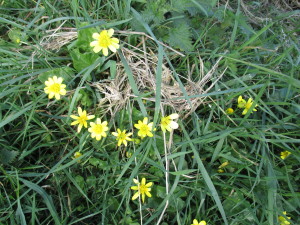
Celandine (Ficaria verna).
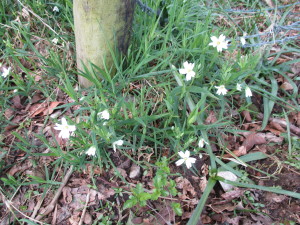
Stitchwort (Stellaria holostea).
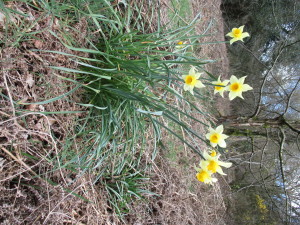
Daffodils. They look a little large to me to be our native wild ones: there are gardens nearby so these could be hybrids.
We disturbed a buzzard (Buteo buteo) from its perching spot in a tree above us, and found a hidden trig point.
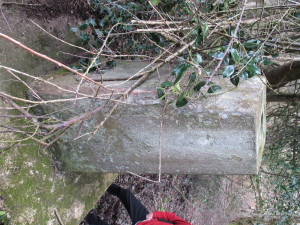
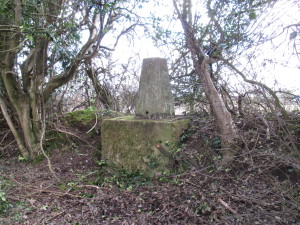
We also saw a lone roe deer (Capreolus capreolus) hoof print in the mud. Old Peg Leg, they call him.
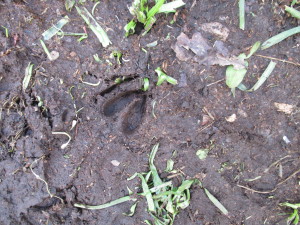
There were some heavily pregnant sheep in a neighbouring field: they looked like they were due to lamb at any time.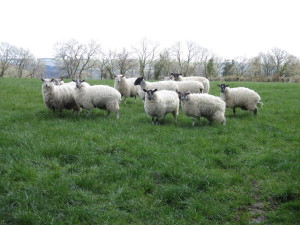
I also found a pellet, not sure if it’s an owl or other raptor pellet, or fox poo or badger poo. I’ve brought it home and am dissolving it in water to see what it contains. A girl’s got to have her hobbies ….
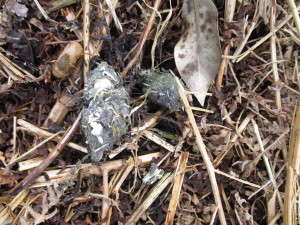
(UPDATE: Lots of mashed up hedgehog spines 🙁 Possibly badger poo?)
It was a lovely day in glorious spring sunshine. And as an added bonus, on the way home, we saw the first swallow (Hirundo rustica) of the season. Magical.
